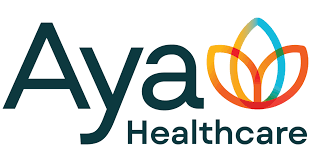In this paper, co-authored by SwitchPoint’s Chief Data Scientist, Damian Mingle, machine learning was used to predict hepatitis-caused mortality in a way that is analytically robust and clinically relevant. Specifically, predictor variables in the dataset were used to generate new features based on clinical guidelines on test result thresholds and risk levels. The model was optimized to maximize area under the receiver operator curve, which arguably has more clinical relevance. Finally, models were tested for performance on a holdout sample that never served as part of any training set, serving as a proxy for expected out-of-sample performance. Using this guideline-inspired feature engineering and a model ensembling approach, we found that our particular model has an AUC of 98% and an accuracy of 96.77% in the holdout data. Based on this, our approach may serve as a first step in integrating machine learning models with clinical decision-making.
Nashville Business Journal: Nashville’s Polaris AI hospital staffing platform acquired by Aya Healthcare
The Nashville team who created an artificial intelligence program that predicts health care staffing needs has sold that business to a national company. The sale speaks to the kind of artificial intelligence and machine-learning bubbling up within the region’s business community.





